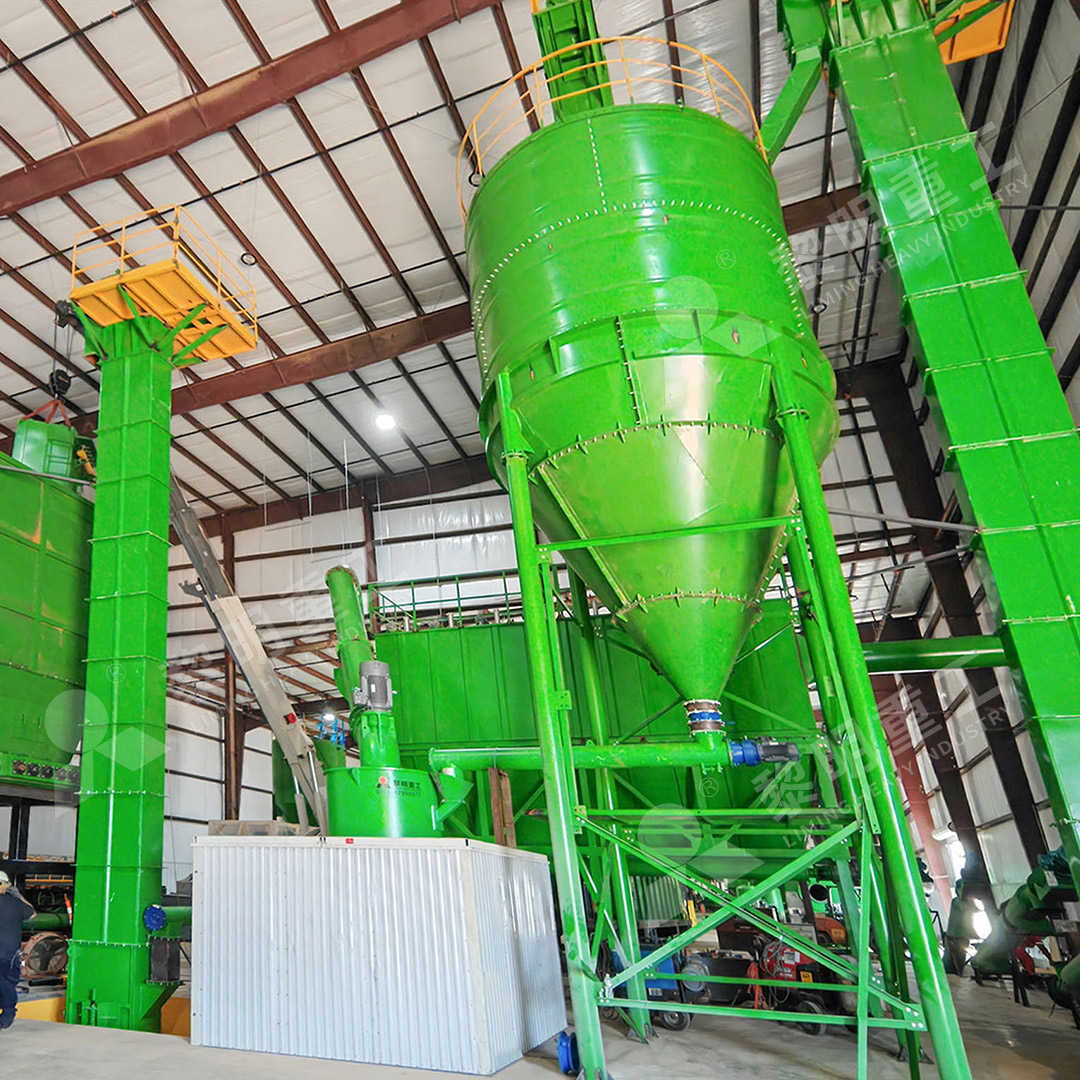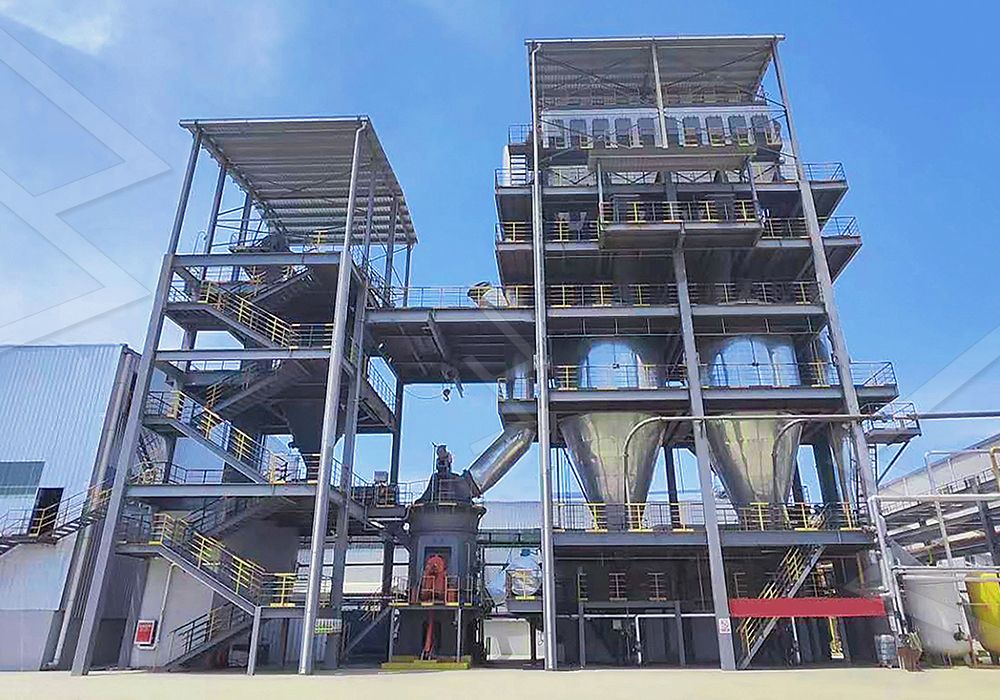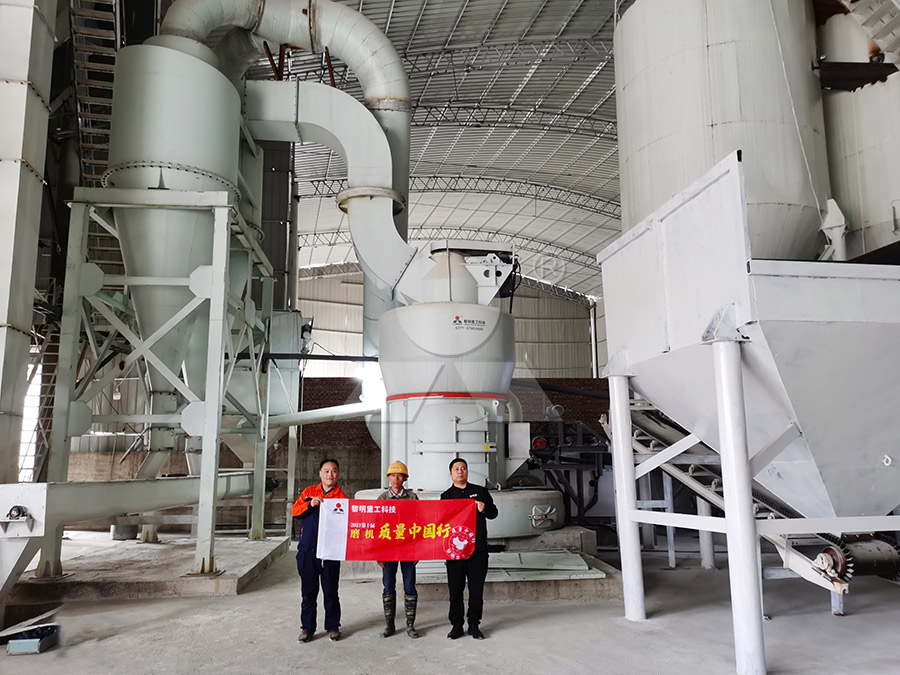Quartz Sand Grinding Mill: Types, Selection Guide, and Price Analysis
Quartz Sand Grinding Mill: Types, Selection Guide, and Price Analysis
Quartz sand grinding represents a critical stage in numerous industrial processes, where the choice of equipment significantly impacts operational efficiency, product quality, and overall profitability. With various grinding technologies available, selecting the appropriate mill requires careful consideration of material characteristics, production requirements, and economic factors.
Common Types of Quartz Sand Grinding Mills
The industrial landscape offers several grinding solutions, each with distinct advantages for specific applications:
Raymond Mill: As a traditional workhorse in powder processing, Raymond mills handle materials with Mohs hardness below 7 and humidity under 6%. While cost-effective for coarse to medium grinding (80-325 mesh), they may not achieve the ultra-fine specifications required for high-value applications.
Vertical Roller Mills: These space-efficient systems integrate grinding, drying, and classification in a single unit. Their compact design reduces footprint requirements while offering excellent energy efficiency for medium to fine grinding applications.
Ball Mills: The conventional choice for many operations, ball mills provide reliable performance but typically consume more energy and occupy greater space compared to newer technologies. They remain popular for their versatility and straightforward operation.
European Trapezium Mills: Featuring advanced design elements like curved air ducts and specialized grinding curves, these mills deliver improved efficiency and finer outputs than traditional Raymond mills.

Advanced Solutions for Demanding Applications
For operations requiring superior fineness and enhanced efficiency, MW Ultrafine Grinding Mill represents a technological leap forward. Engineered for customers needing ultra-fine powder between 325-2500 meshes, this system achieves remarkable production capacity of 0.5-25 tph while handling input sizes up to 20 mm.
The MW series incorporates several innovative features that set it apart from conventional grinding systems. Its newly designed grinding curves significantly enhance efficiency, delivering 40% higher production capacity compared to jet mills and stirred mills under equivalent power consumption. The cage-type powder selector, incorporating German technology, ensures precise particle separation with screening rates achieving d97≤5μm in a single pass.
Notably, the grinding chamber eliminates rolling bearings and screws, eliminating concerns about bearing damage or loose fasteners causing operational failures. External lubrication capability enables continuous 24-hour operation without shutdowns for maintenance. Combined with efficient pulse dust collection and noise reduction systems, the MW Ultrafine Grinding Mill operates in full compliance with environmental standards while maintaining exceptional productivity.

Another premium option, the LUM Ultrafine Vertical Grinding Mill, integrates the latest grinding roller technology from Taiwan with German powder separation expertise. Handling input sizes up to 10 mm with capacities ranging from 5-18 tph, this system features unique roller shell and lining plate grinding curves that facilitate material layer formation and high finished product rates in a single pass. The double position-limiting technology ensures operational stability, while the reversible structure simplifies maintenance procedures.
Critical Selection Factors
Choosing the optimal quartz sand grinding mill involves evaluating multiple parameters:
- Material Characteristics: Hardness, moisture content, and feed size directly influence mill selection
- Production Requirements: Required capacity and final product fineness determine appropriate technology
- Operational Costs: Energy consumption, maintenance frequency, and spare parts availability impact long-term economics
- Space Constraints: Facility layout and available area may favor vertical designs over horizontal configurations
- Environmental Considerations: Dust control, noise levels, and emission standards vary by location and application
Economic Considerations and Price Analysis
Mill pricing reflects multiple factors beyond initial purchase cost. While basic Raymond mills may represent the most affordable initial investment, their higher energy consumption and limited fineness capabilities can increase long-term operational expenses. Vertical roller mills typically command a moderate premium but offer superior efficiency that often justifies the additional investment through reduced operating costs.
Advanced systems like the MW Ultrafine Grinding Mill represent a significant investment but deliver exceptional value through higher production rates, lower energy consumption (30-50% less than conventional systems), reduced maintenance requirements, and the ability to command premium prices for ultra-fine products. The economic analysis should consider the total cost of ownership, including installation, operation, maintenance, and potential revenue enhancement through improved product quality.

Frequently Asked Questions
Q: What is the typical energy consumption difference between traditional ball mills and modern vertical mills?
A: Modern vertical grinding mills typically reduce energy consumption by 30-50% compared to traditional ball mills, while also requiring less physical space and offering better environmental performance.
Q: How fine can quartz sand be ground using advanced grinding systems?
A: Advanced systems like the MW Ultrafine Grinding Mill can achieve fineness between 325-2500 meshes, with screening rates reaching d97≤5μm in a single processing stage.
Q: What maintenance advantages do modern grinding mills offer?
A: Contemporary designs incorporate features like external lubrication systems, reversible structures for easy access, and elimination of internal rolling bearings and screws, significantly reducing maintenance requirements and downtime.
Q: How important is environmental compliance in mill selection?
A: Environmental considerations have become increasingly critical. Modern mills incorporate efficient dust collection, noise reduction technology, and closed-system operations to meet stringent regulatory standards while maintaining worker safety and community acceptance.
